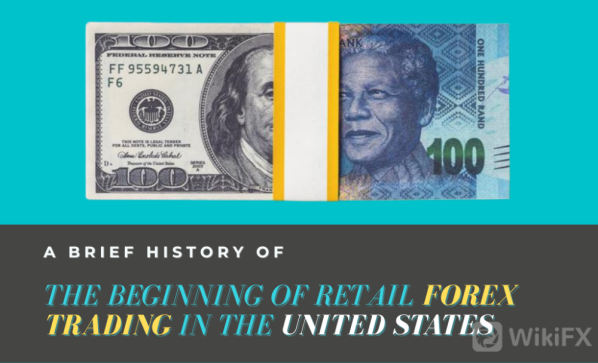Click Here: After you read it, Daily Routine with WikiFX
The strength of Australia's labor market could lead to outsized wage claims and persistent consumer inflation if inflation expectations become unanchored. Long-term inflation expectations remain consistent with inflation returning to the RBA's target range, but short-term expectations have jumped.

In June, the RBA Board decided to raise the cash rate by 50bps, citing limited capacity, inflation expectations, and a “highly stimulatory” starting point. While policy outlook is data-dependent, the Board has much more work to do. At 0.85%, the cash rate is below our estimate of neutral (1.5-2.0%) and the RBA's medium-term neutral expectation (2.5%). Annual CPI inflation is not expected to peak until end-2022, and an easing of labour market capacity constraints could take years given migration uncertainties.
We've added 25bps of rate hikes after this week's developments. According to Chief Economist Bill Evans, two more 50bp rate hikes are now forecast for July (unchanged) and August (previously +25bps) to take the cash rate back to the middle of our neutral range (1.85%); after a two-month pause, 25bp hikes at the November 2022, December 2022, and February 2023 meetings are expected to leave the cash rate broadly in line with the RBA's medium-term neutral level. This peak is well below market expectations, but we believe it will allow inflation to moderate without harming the real economy.
Australian Chamber Westpac Business survey for June quarter showed strong manufacturing. The reopening's rebound in activity boosted Q2 output and new orders, and Q3 growth is expected to continue. Manufacturers responded by increasing overtime and staffing. Significant and persistent headwinds limit growth. Labour and material shortages are at their worst since the mid-1970s oil shock. Rising costs are squeezing profit margins and pushing up finished goods prices and consumer inflation.
Offshore, data flow was light this week, focusing attention on FOMC Chair Powell's Congressional testimony. His comments confirmed further tightening in coming months, as expected. Chair Powell's commentary also emphasized that the FOMC believes it is possible to remove current inflation risks without causing a recession (and wants to do so), that they are vigilant over activity risks, and will adjust policy as needed.
We're more concerned about US economic activity than the market and FOMC, so we predict a lower and earlier peak fed funds rate (3.375 percent at December 2022 compared to around 3.8 percent in 2023). We also expect a 125bps rate cut cycle from late 2023.
The market is increasingly fixated on the probability and timing of a US recession, but we're more concerned about medium-term growth loss. Despite strong domestic demand in Q1, GDP contracted due to strong imports and soft inventories. In Q2, domestic demand has slowed, and the Atlanta Fed now forecasts flat GDP growth. Leading indicators indicate below-trend growth in the second half of 2022, and with real incomes declining, financial conditions tightening, and a potential negative wealth effect, there is little reason to believe US growth will pick up materially through 2023 until lower interest rates come through. While a material output gap helps contain inflation, it threatens long-term productivity and wealth.
Click Here: After you read it, Daily Routine with WikiFX


